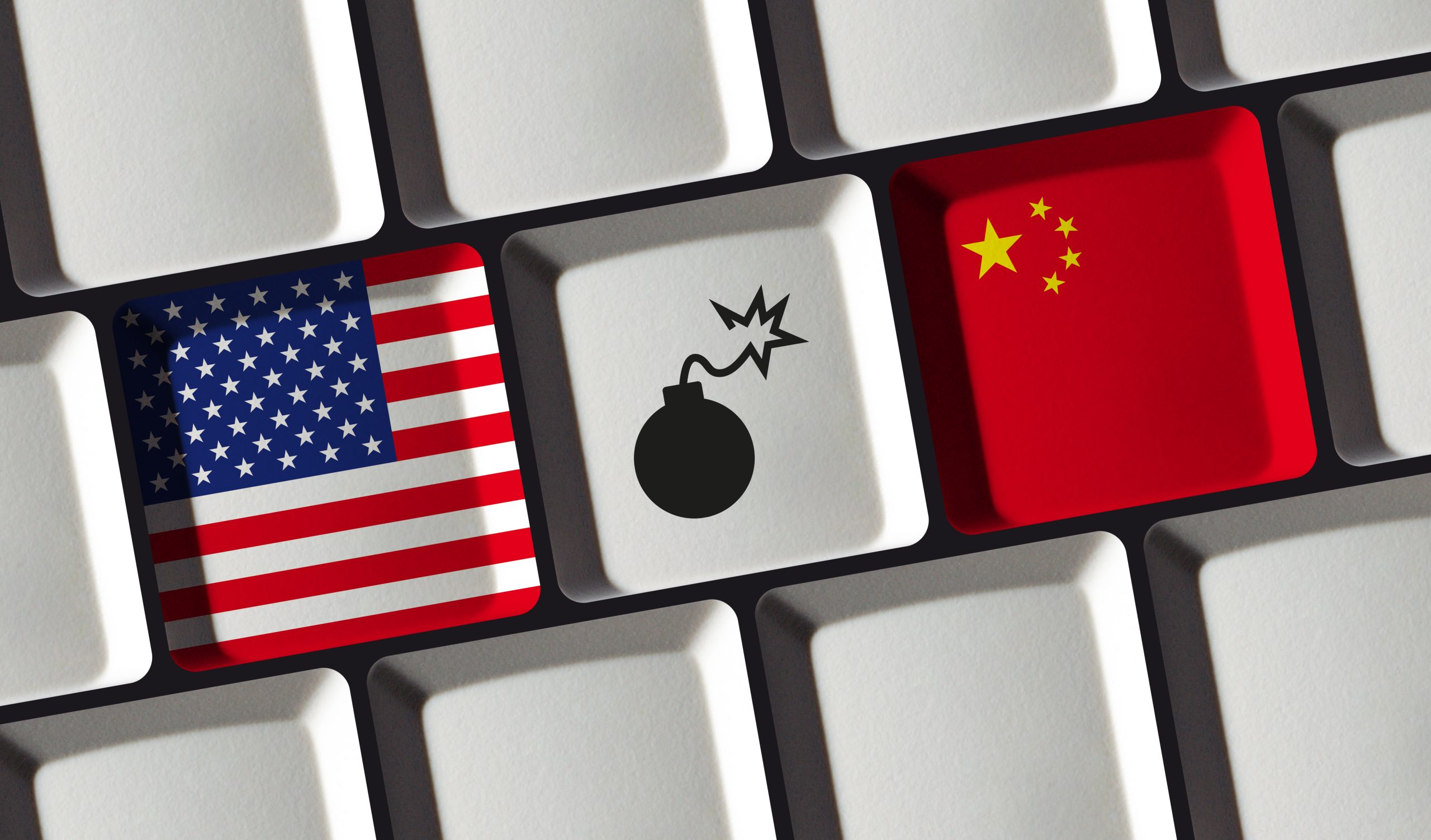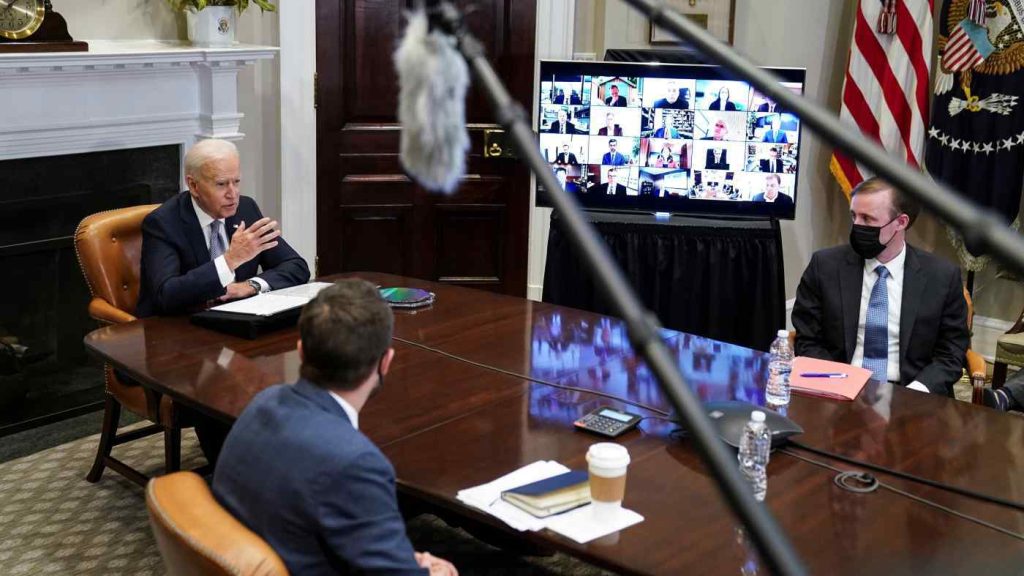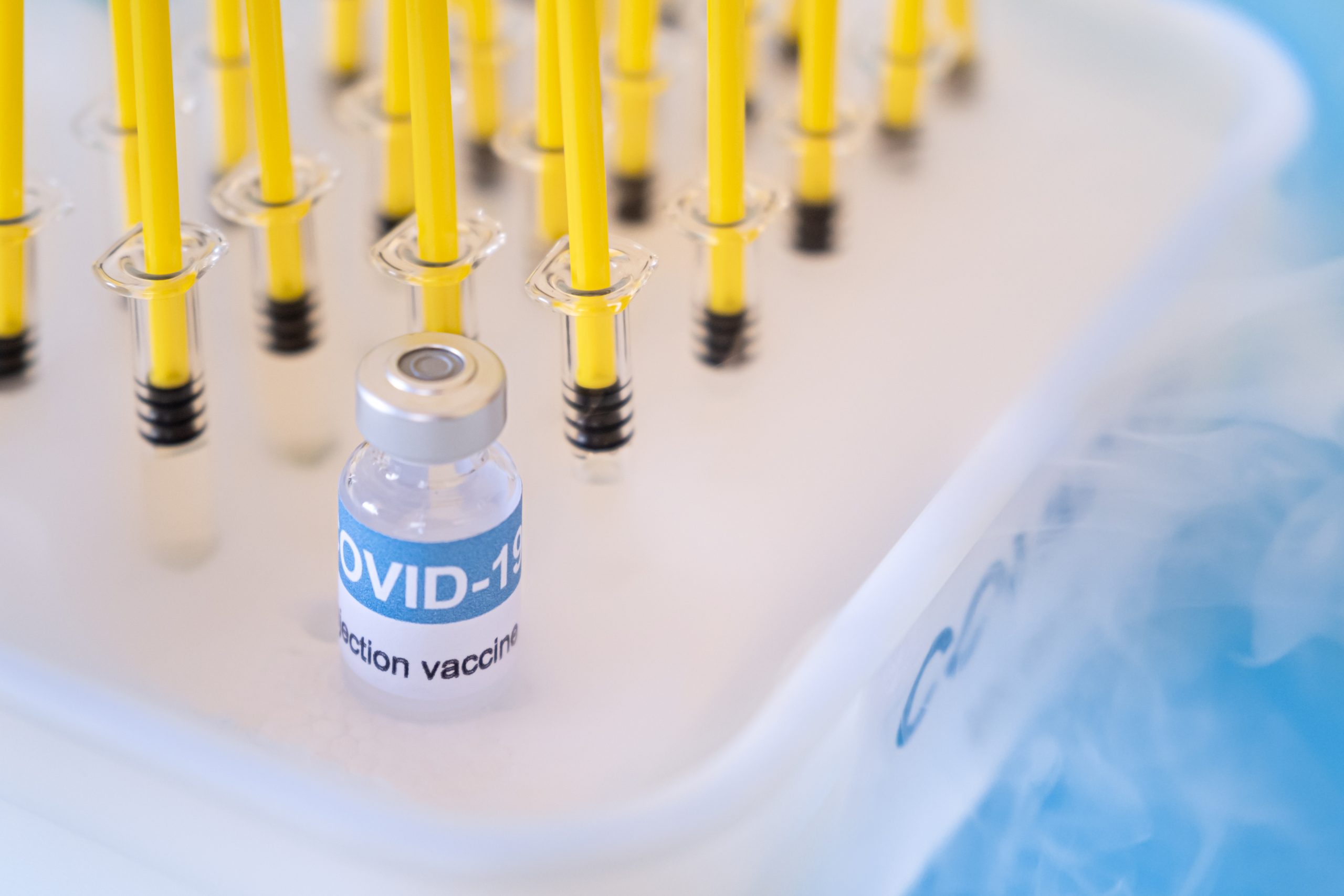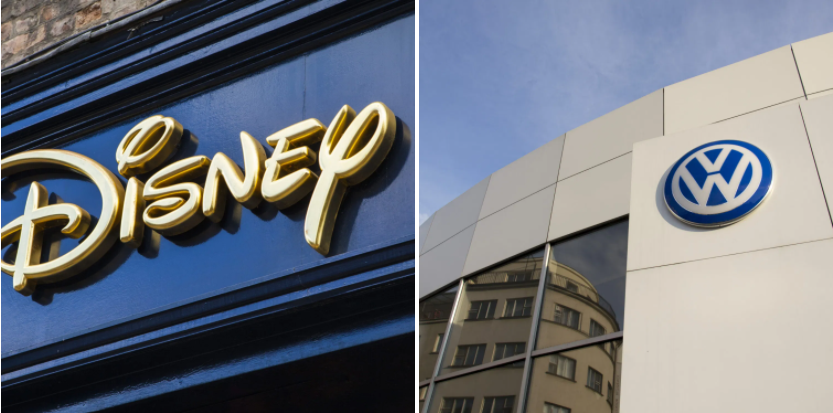
The Loftus Peak Global Disruption Fund was down -0.6% net-of-fees in March, underperforming the benchmark MSCI All Countries World Index net in Australian dollars by -4.7% (it rose +4.1%). One-year net performance to 31 March is +40.0%, which is outperformance of +16.1%. It is worth noting that as of writing (15/04/21), the Fund has clawed back almost half of March’s underperformance.
There is a new calculus starting to take shape in investment markets – the advent of disrupted companies moving to disrupt themselves.
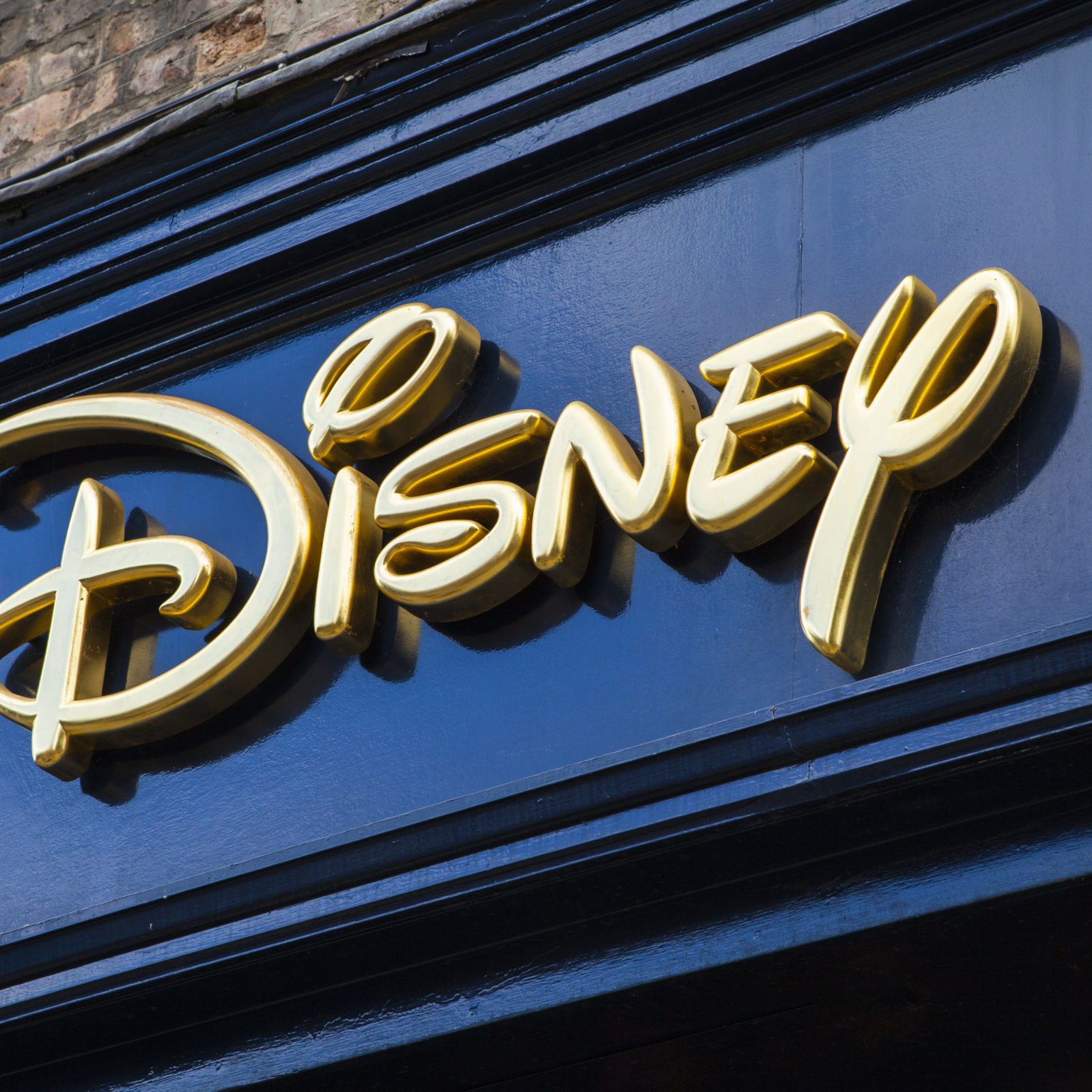
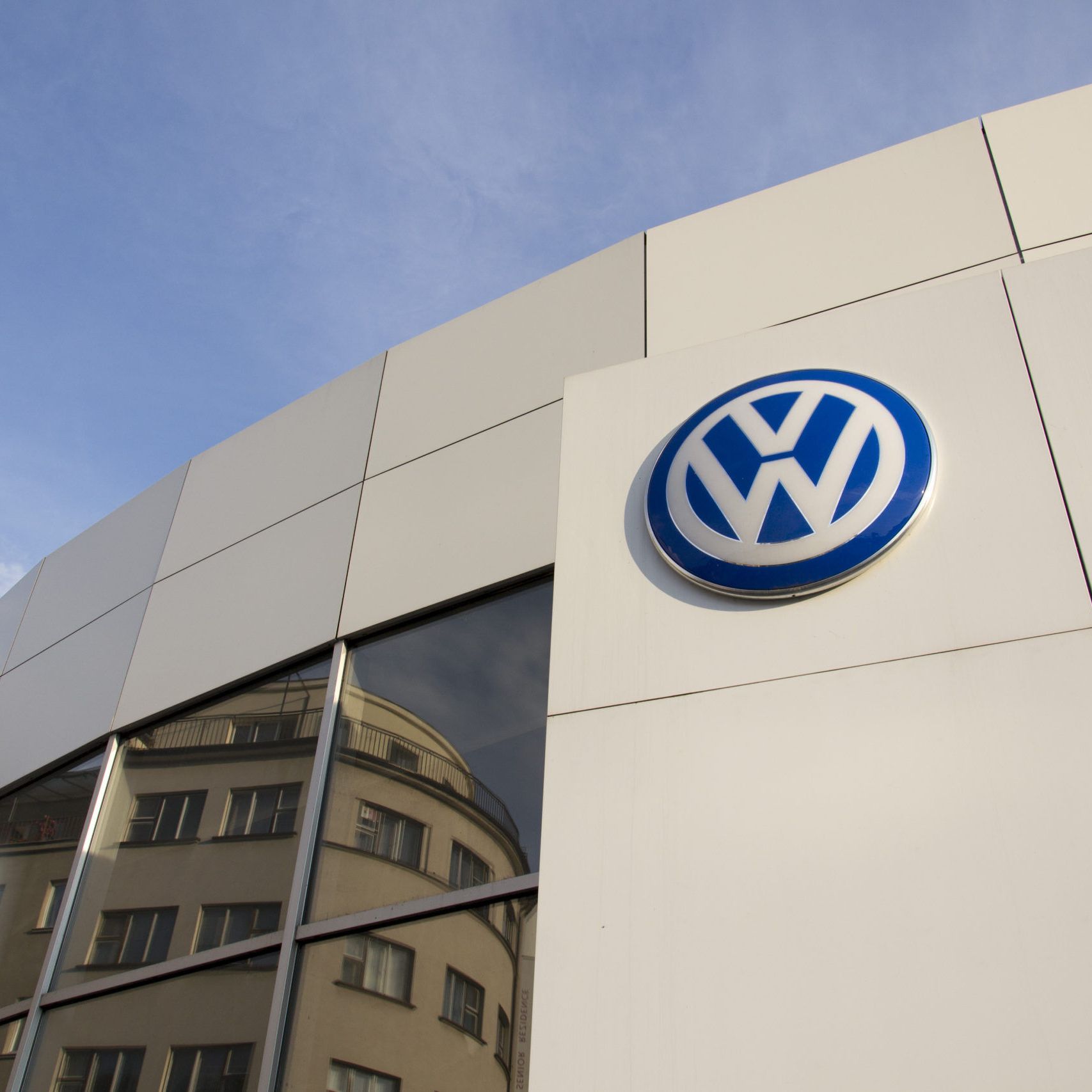
Read the March 2021 Fund performance report here.
The clearest and most obvious example of this is Disney, which is systematically disassembling the US and global cinema/cable/TV financial partnerships built over 60 years in favour of its direct-to-consumer offering, which Australian viewers will know as Disney+. This business, although approaching 100m subscribers, is still very much less profitable than the company’s existing model, but the company’s stock price has nevertheless doubled as investors take the view that Disney will get there – ie emerge as a credible competitor to Netflix.
Then there’s internal combustion engine (ICE) vehicle makers looking to electrify their offerings. Tesla has been the most visible EV champion to date, and it has grown strongly in part because it it had no legacy ICE assets. Volkswagen (VW) last month held a “Power Day” (its answer to Tesla’s annual “Battery Day”) announcing plans to build six battery “gigafactories” with an eventual production capacity of 240GWh per year. The company also announced plans to spend $50 billion to build 15 EV plants on three continents. It believes it will sell more EVs than Tesla in 2022.
VW has also unveiled a new “unified cell” technology to be launched in 2023 that would by 2030 reduce the battery cost in entry-level cars by up to 50% and by 30% in the volume market segment. Given that batteries are currently about a third of the price of an EV, the VW technology promises to drastically reduce production costs.
So, to the question of whether Disney and VW are examples of value meeting growth, our answer is … yes. But it’s not just any growth meeting any value. The value companies fell into disfavour because of their slow progress in this technological world – a world where the pace of change continues to increase. Kodak was a value company that didn’t adapt to digital imaging, and paid the price. Value companies around the world have started to recognise the existential threat of rapid change, and we have seen the first of them adapting (including Disney and VW). No real surprises here. This is a significant opportunity for Loftus Peak investors, so expect to see more on the topic.
This value meets growth investment development is, in turn, playing into three big issues shaping returns at present. All three call into question the accepted wisdom of globalisation – a trend which has lifted living standards around the world (though at very different rates, and often with harmful effects on the environment).
These issues are:
1. The build-up of trade tensions between the US and China, which has spilled over into a semiconductor arms race following former President Trump’s decision to significantly limit the supply of crucial chips to China’s Huawei, effectively sidelining the most important company in that country.
2. Growth in battery demand, as car (such as VW) and oil companies are forced to move away from fossil fuels because of environmental concerns. This too is driven by governments (especially those in the EU) as they impose deadlines after which new internal combustion engine vehicles will be effectively banned. Of course, oil companies are harmed as a result, driving them to dramatically widen their renewables business to compensate. This investment thematic is one that Loftus Peak has incorporated since inception, under the heading ‘energy as a technology, not a fuel’.
3. Concerns around the global nature of the supply chain for pharmaceuticals and equipment shortages in the wake of COVID-19, have caused countries to question whether there should be more on-shore capacity.
Biden follows Trump’s lead on China trade issues
These three issues are evident geopolitically. For example, President Biden is following through on the most important move of the former US administration to preserve and extend the US hegemony in technology. Biden has made the case for semiconductors as a strategic necessity and wants new fabrication plants on US soil. It is providing $100 billion for high-speed broadband and $50 billion for semiconductor research and manufacturing amongst other semiconductor-friendly elements in the US$2 trillion stimulus package.
Part of Biden’s concern is around the fact that Taiwan Semiconductor Manufacturing Company is a Taiwanese company – which China views as a rogue state and aims to bring back under Chinese control. Hong Kong is the template here, and it has not gone well for that former bastion of the rule of law. America is taking notes, and for good measure, conducting naval exercises in the region, as it has done for decades. So, this part of Biden’s plans satisfies multiple ends – getting the US economy moving being one, with semiconductor growth a heavy lifter on the jobs and strategic infrastructure front in its own right.
On cue, silicon giant Intel announced a $20 billion investment in two new fab plants in Arizona, in addition to its entry into foundry services (in which Intel’s largest competitor TSMC, already competes). This is happening as Intel is losing its lead in the sale of the most advanced chips, and just as demand for those chips, (which are the very lifeblood of global business infrastructure for everything from Google search to mobile phones to Uber rides to electric vehicles and business-critical applications,) is increasing massively. Throw in a global boom in artificial intelligence and machine learning applications for both business and government and the most likely long-term problem for semiconductor products is supplying extreme demand.
Separately, the imminent boom in EV production is also pushing demand for batteries. General Motors is looking at building a second battery factory in the US as it ramps production of electric vehicles to meet its aspiration of becoming a completely carbon neutral company by the year 2040. The factory is to be built in partnership with LG Chem, the South Korean battery maker already working with GM on its first battery factory in northern Ohio. Biden’s stimulus package will also provide $174 billion for electric vehicle investment. We have already discussed VW, and it is same to conclude that Daimler and BMW are similarly placed.
Oil and gas companies face an existential crisis as EVs take hold
Of course, oil and gas companies are facing existential disruption to their businesses as climate change moves front and centre and governments of both the centre, left and right accept the science. The Biden administration in the US is providing even more comfort for renewables in its infrastructure package.
As well as the already mentioned $174 billion for electric vehicles, there is $100 billion for clean energy and rejigging the electricity grid and $35 billion for research and development “to achieve breakthroughs that address the climate crisis.”
There are also provisions that require all states by 2035 to generate all of their electricity from fuels that do not produce carbon emissions linked to global climate change.

Potential renewable energy targets for oil and gas include everything from wind and solar through green hydrogen (the type made from carbon free processes) and into the new, safe, waste free nuclear fission energy technologies such as the Bill Gates backed TerraPower.
Last June, Goldman Sachs said it expected spending for renewable power projects would become the largest area of energy spending in 2021, reaching 25% of total energy supply capital expenditure and beating out oil and gas for the first time in history; the firm said it expects the clean energy sector to reach a $16 trillion investment volume by 2030.
The reason is that fossil fuel investment has become much riskier than renewables. The hurdle rate or minimum rate of return required to greenlight a project is calculated at around 10-20% for fossil fuel projects and a much more comfortable 3-5 % range for renewables.
COVID-19 and vaccination security
On the vaccination and pharmaceuticals front, there has been global jousting on COVID-19 vaccination supply, made worse by the AstraZeneca vaccine’s problems with causing blood clots in a small number of cases.
COVID-19 vaccine distribution is complex, especially around the wildly different cold storage requirements of each vaccine. The Pfizer vaccine requires colder storage temperatures than the Antarctic winter (-70°C) and must be used within two hours after thawing, Moderna’s vaccine needs a less rigorous -20°C storage temperature and AstraZeneca’s a comparatively less cold 8°C.
The temperature differences all bear on the facilities required at vaccination distribution points, especially in low infrastructure developing countries.
Vaccine supply chain problems are not only a developing nation problem. Australia’s target of vaccinating the population by October have been dogged by a lack of jabs due to export restrictions from Europe, putting extra pressure on CSL, which manufactures the AstraZeneca vaccine and is the only local supplier. COVID-19 has shined a light on global supply chains, first through PPE (among many other goods) and now semiconductors and vaccines – the implications of this we are beginning to see play out, at least in the semiconductor space, with significant investments in on-shore manufacturing capabilities.
The investment team at Loftus Peak has been closely following all the developments raised in this note over recent years, with favourable results for investors. Our focus continues on these and other critical issues from which we are generating return.
Share this Post


